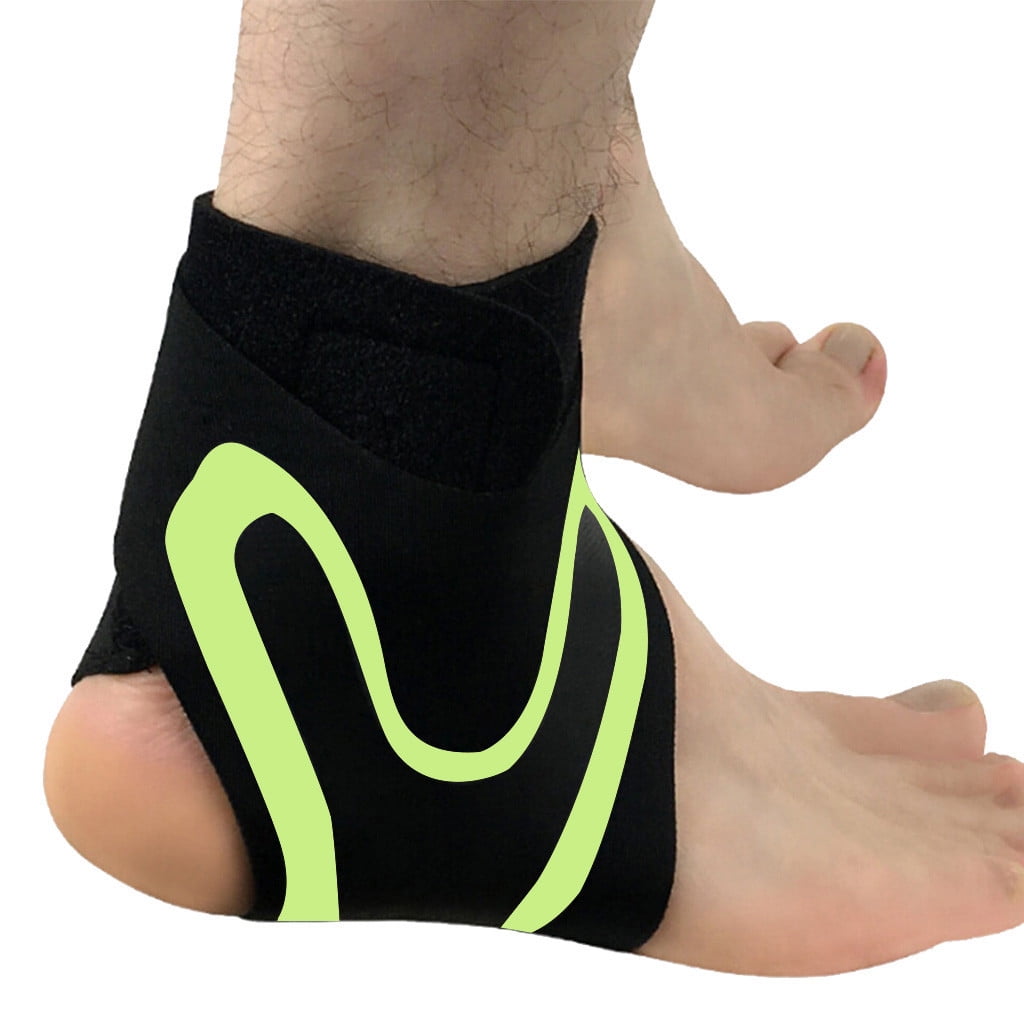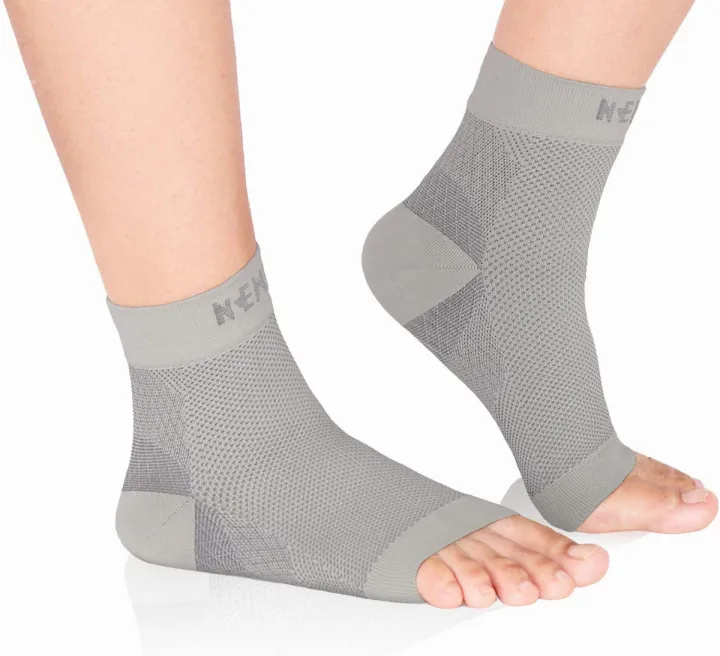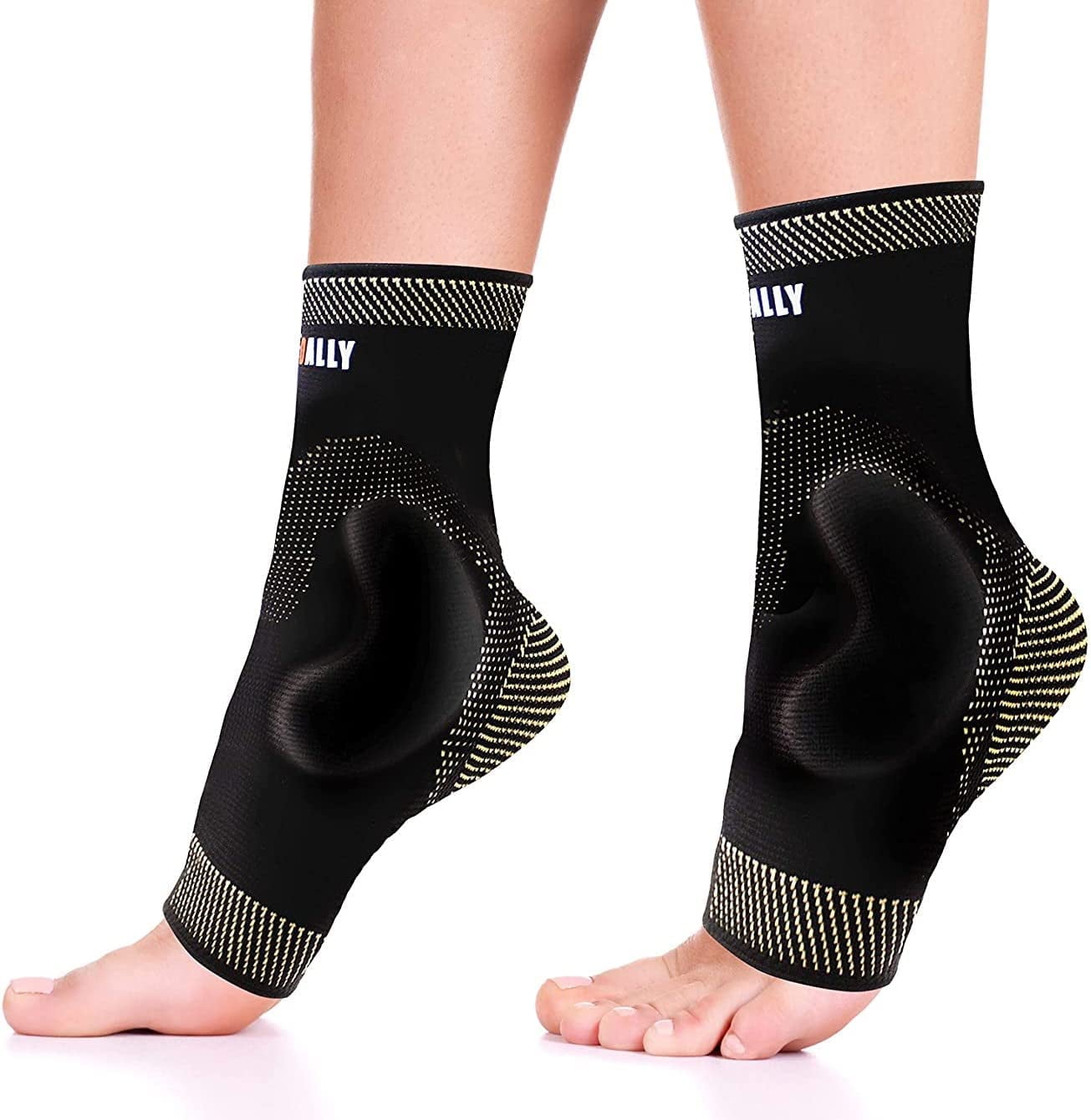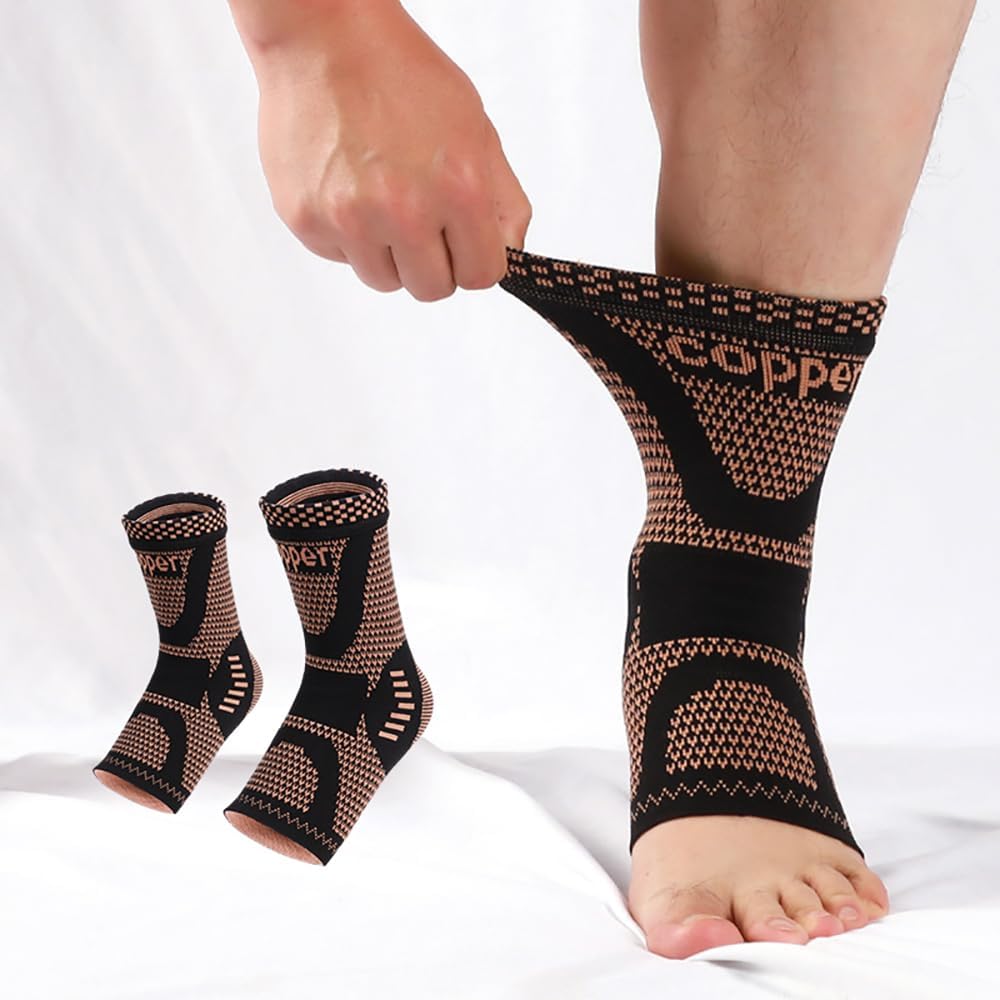Best Ankle Compression Sleeve For Swelling

For individuals grappling with ankle swelling due to injuries, chronic conditions, or even prolonged periods of standing, compression sleeves have become a popular and often recommended remedy. But with a market flooded with options, discerning the best ankle compression sleeve for swelling requires careful consideration of factors like compression level, material, fit, and intended use. This article explores the landscape of ankle compression sleeves, examining key features and offering guidance to help consumers make informed decisions.
The choice of the best ankle compression sleeve for swelling depends heavily on individual needs and circumstances. Whether recovering from a sprain, managing edema, or seeking preventative measures, understanding the nuances of different sleeve types is crucial. Factors such as compression strength, breathability, and support features all play a role in effectiveness and comfort.
Understanding Ankle Swelling and Compression Therapy
Ankle swelling, medically known as edema, can result from a variety of causes. These include injuries like sprains or fractures, underlying health conditions such as heart failure or kidney disease, prolonged inactivity, or even pregnancy.
Compression therapy works by applying graduated pressure to the ankle and lower leg. This pressure helps to improve blood flow and lymphatic drainage, reducing fluid accumulation and inflammation.
According to the American Academy of Orthopaedic Surgeons (AAOS), compression is a key component of RICE (Rest, Ice, Compression, Elevation), a common treatment protocol for ankle sprains. Compression sleeves can also provide support and stability to the joint, further aiding in recovery.
Key Features to Consider When Choosing a Sleeve
Several factors should be considered when selecting an ankle compression sleeve for swelling.
Compression Level
Compression levels are typically measured in millimeters of mercury (mmHg). Mild compression (8-15 mmHg) is suitable for everyday wear and mild swelling. Moderate compression (15-20 mmHg) is often recommended for more significant swelling and post-exercise recovery.
Firm compression (20-30 mmHg) is generally used for medical conditions like lymphedema or deep vein thrombosis (DVT) and should be prescribed by a healthcare professional. It is important to consult with a doctor or physical therapist to determine the appropriate compression level for your specific needs.
Material and Breathability
Ankle compression sleeves are typically made from a blend of materials like nylon, spandex, and cotton. Breathable materials are essential for preventing overheating and moisture buildup, especially during physical activity. Look for sleeves with moisture-wicking properties to keep your feet dry and comfortable.
Fit and Support
A proper fit is crucial for effective compression. The sleeve should be snug but not too tight, and it should not restrict circulation. Many manufacturers provide sizing charts based on ankle circumference.
Some sleeves offer additional support features, such as arch support or targeted compression zones. These features can be beneficial for individuals with specific needs, such as plantar fasciitis or Achilles tendonitis. The support features helps maintain the shape of the ankle structure.
Popular Ankle Compression Sleeve Options
While a comprehensive product review is beyond the scope of this article, several brands and types of ankle compression sleeves are frequently recommended by healthcare professionals and users.
Brands like Sockwell and Blitzu are known for their quality materials and comfortable designs. Some sleeves are designed specifically for athletes, while others are geared towards everyday wear and medical use.
Specialized sleeves, such as those with integrated gel pads or adjustable straps, can provide targeted relief for specific conditions. Reading online reviews and consulting with healthcare professionals can help narrow down the options and identify the most suitable sleeve for individual needs.
Potential Benefits and Considerations
The benefits of using ankle compression sleeves for swelling are well-documented. They can reduce swelling, improve blood flow, alleviate pain, and provide support to the ankle joint.
However, it is important to use compression sleeves correctly and to be aware of potential risks. Wearing a sleeve that is too tight can restrict circulation and cause discomfort or even injury. Individuals with certain medical conditions, such as peripheral artery disease (PAD), should consult with their doctor before using compression sleeves.
It's crucial to note that compression sleeves are not a substitute for medical treatment. If ankle swelling is severe, persistent, or accompanied by other symptoms, it is important to seek professional medical advice.
The Importance of Consulting a Healthcare Professional
Choosing the right ankle compression sleeve can significantly improve comfort and recovery for those experiencing swelling. However, it is vital to approach this choice with informed awareness and to consult with a healthcare professional if necessary.
A doctor or physical therapist can assess the underlying cause of the swelling and recommend the appropriate compression level and type of sleeve. They can also provide guidance on how to use the sleeve correctly and monitor for any potential complications.
Ultimately, the best ankle compression sleeve is the one that provides effective compression, comfortable support, and meets the individual's specific needs while aligning with professional medical advice.


















